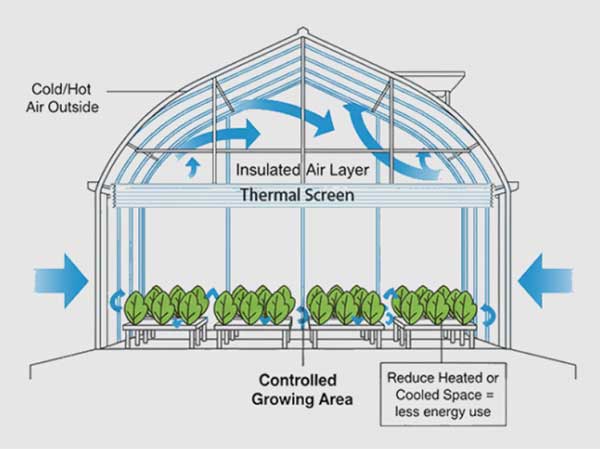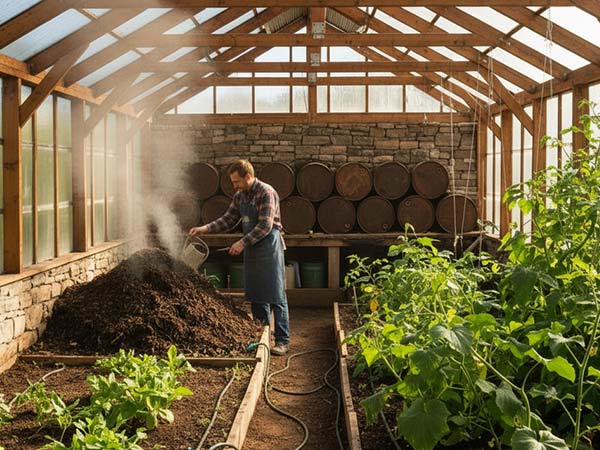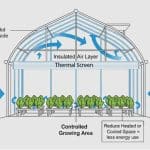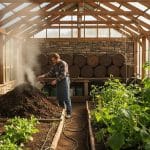Vertical farming is a modern way of growing crops—upward instead of outward. By stacking layers and using controlled environments, it allows high-density planting in a limited space. Compared to traditional farming, it uses less land and water, and it can produce crops year-round. Many ag-tech companies and urban projects see it as a promising solution to future food challenges.
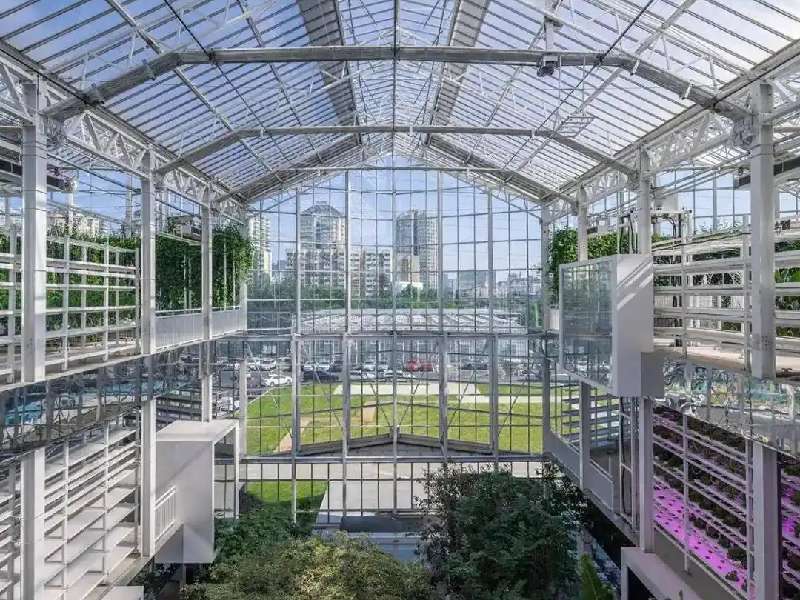
But is vertical farming really for everyone? While it offers impressive benefits, it also comes with high costs and technical hurdles. In this article, INSONGREEN will break down both the pros and cons to help you see the full picture. Whether you’re making business decisions or simply love growing things, this guide can help you decide if it’s worth a try.
6 Advantages of Vertical Farming
Vertical farming might sound high-tech and futuristic, but it’s not just a lofty idea. It’s gaining real traction because it tackles some core problems that traditional farming struggles with. In this part, we’ll walk you through six key advantages of vertical farming, so you can see why more and more people are paying attention.
1. Maximizes space and water efficiency—its biggest selling point
Traditional farming needs vast amounts of land. Vertical farming flips that by building upward. By stacking crops in layers, it can boost yields by 10 to 20 times in the same footprint, while using 95% less land.
Pair that with a closed-loop hydroponic system, and water savings shoot up to 75–95% compared to regular farming. This kind of resource efficiency makes vertical farming especially appealing in cities, deserts, or anywhere water is scarce.
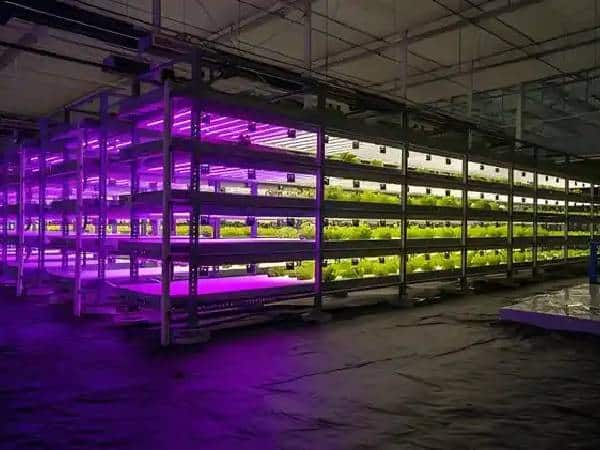
2. Year-Round Production—No More Relying on the Weather
Vertical farming breaks free from weather and seasonal limits. Light, temperature, and water are all controlled by systems. No more worries about storms, droughts, or frosts. No matter what’s happening outside, crops can grow steadily all year long. For businesses, this stability makes planning easier and profits more predictable.
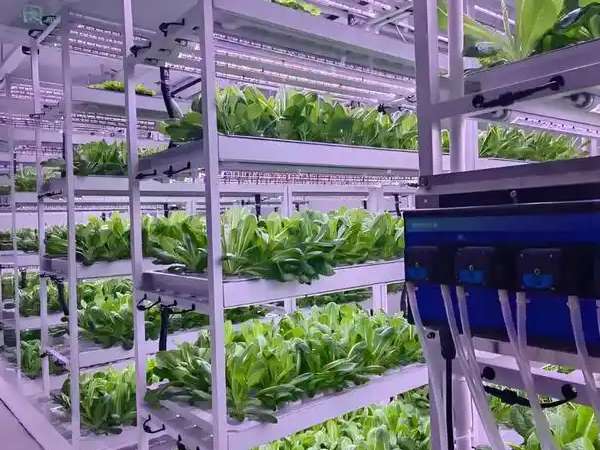
3. Shorter Transport, Lower Emissions—Farms Inside the City
Vertical farms are often set up in cities or close to where food is sold. They can be built inside abandoned factories, on mall rooftops, or even in apartment buildings. Since crops travel only a few miles from harvest to store, the supply chain becomes much shorter. This cuts transport costs, saves cold-chain energy, and lowers carbon emissions, making city life more sustainable.
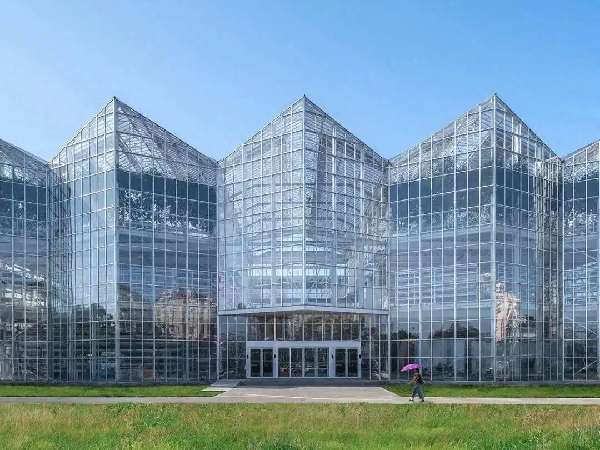
4. Less Chemicals, Cleaner Food
Growing crops in enclosed spaces keeps pests and diseases out. So there’s little to no need for pesticides or fertilizers. This cleaner farming method reduces environmental impact and results in safer, healthier produce that consumers trust.
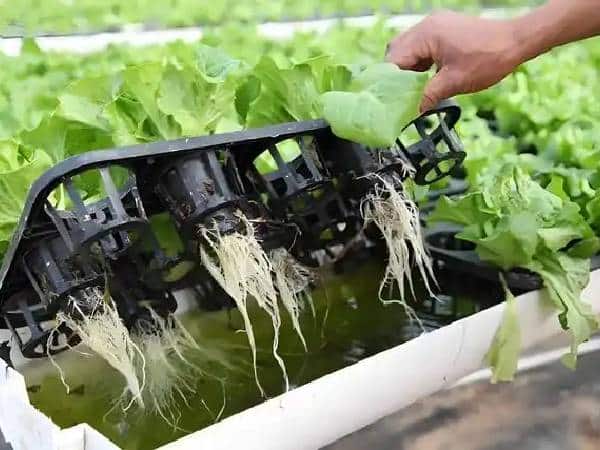
5. New Possibilities for Urban Spaces
Vertical farming opens the door to creative city farming. An old warehouse can become a lush farm. Office rooftops can grow fresh greens. This flexibility helps ease the pressure on farmland and brings fresh opportunities to startups, eco-groups, and community projects, pushing cities toward greener, more self-sufficient living.
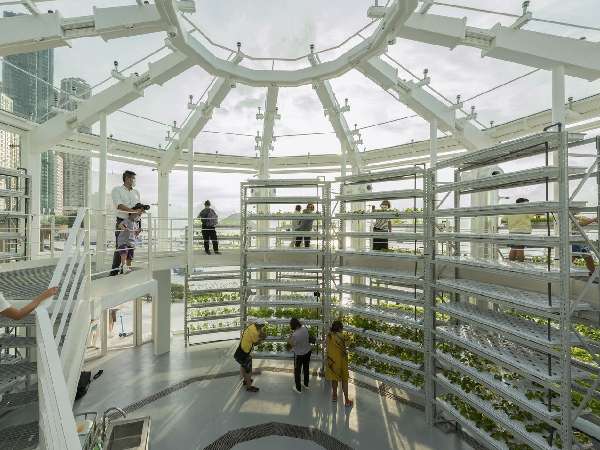
6. Boosts Agri-Tech Integration and Adds Value
Vertical farming naturally blends with smart tech and automation. From environmental monitoring to data analysis and remote controls, modern tools make farming more precise and efficient.
It’s also perfect for growing high-value crops, like organic vegetables, specialty herbs, or medicinal plants. These products appeal to niche markets and bring in higher profits. Plus, vertical farms can pair with clean energy systems like solar panels to cut operating costs and strengthen sustainability.
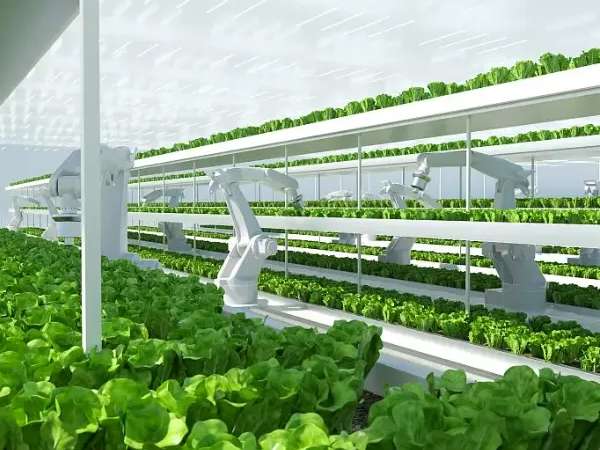
6 Downsides of Vertical Farming
Vertical farming may look sleek and high-tech, but it’s far from perfect. Many companies only realize the challenges after trying to put it into practice. In this section, we’ll highlight six major hurdles, so you don’t just get excited, but stay realistic too.
1. High Startup Costs That Scare People Off
Building a vertical farm doesn’t come cheap. You’ll need LED grow lights, automatic irrigation systems, climate control gear, sensors, and more. Plus, there’s R&D and trial-and-error costs to consider. Before the business model even proves itself, these upfront investments can easily overwhelm small or mid-sized businesses. For tight budgets, this is often the biggest deal-breaker.
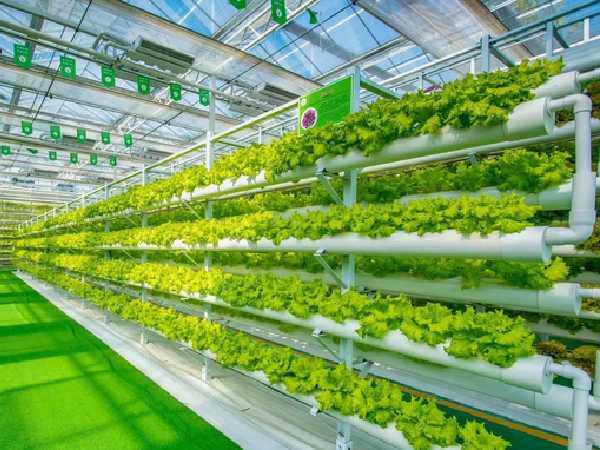
2. Energy Consumption Is a Real Concern
Vertical farms save water and land—but they’re heavy energy users. LED lights run for hours, and climate systems work around the clock. All this pushes up electricity bills and increases carbon output. In places where power is expensive or unreliable, this “green farming” method might end up doing the opposite of helping the planet.
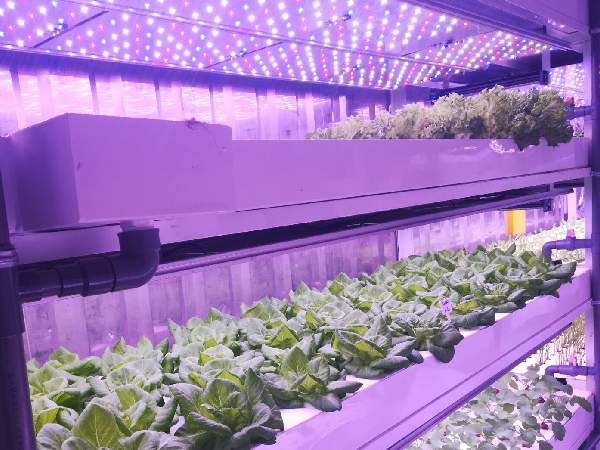
3. Limited Crop Variety—Not Everything Works
Right now, vertical farming is best for leafy greens, herbs, and small, high-value fruits with fast growth cycles. Crops like corn, potatoes, or watermelons, which need more space or deeper roots, don’t thrive in stacked systems. This limitation means vertical farms can’t fully replace traditional farming. At best, they’re a complement, not a substitute.
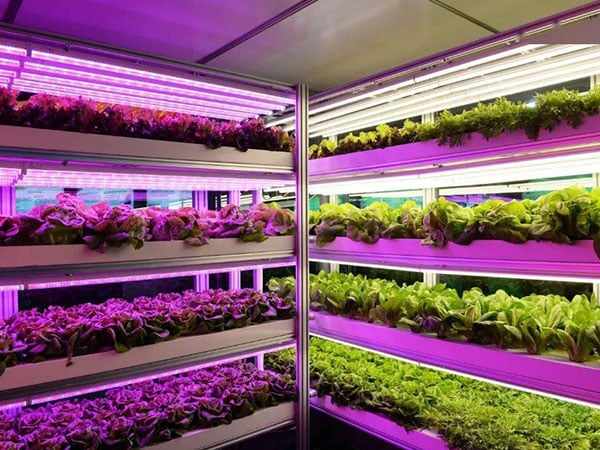
4. Heavy System Dependence, Low Room for Error
Vertical farms rely heavily on automation and precision systems. A single malfunction can trigger bigger problems. For example, if the lighting system fails, crops stop growing properly. Poor airflow? That could lead to mold outbreaks. Unlike traditional farming, which often allows time to recover from issues, vertical farming systems are fragile and demand constant maintenance and technical support.
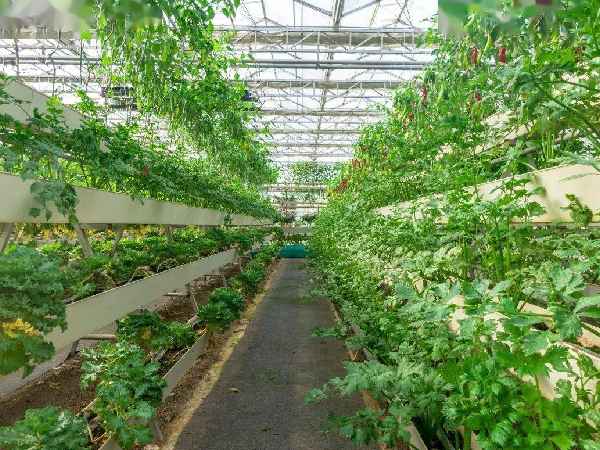
5. High Technical Barriers and Complex Team Requirements
Vertical farming isn’t just planting—it’s a mix of engineering, coding, and agriculture. You need to understand how plants grow, but also how to handle sensors, manage software, and maintain machines. That means your team needs a wider skill set. Hiring, training, and management get more complicated—and more expensive.
| Company | Year | Funding Amount | Funding Round |
| 80 Acres Farms | 2021 | $160M | Series B |
| Bowery Farming | 2021 | $300M | Series C |
| Bowery Farming | 2022 | $150M | Debt Financing |
| Goodleaf Farms | 2022 | $150M | Late-stage |
| Infarm | 2020 | $170M | Series C |
| Infarm | 2021 | $200M | Series D |
| Plenty | 2019 | $175M | Series C |
| Plenty | 2020 | $140M | Series D |
| Plenty | 2022 | $400M | Series E |
| Soli Organic | 2021 | $120M | Late-stage |
| Soli Organic | 2022 | $125M | Series D |
| Upward Farms | 2021 | $122M | Series B |
Largest funding rounds in vertical farming from 2019 to 2022 (selected)
6. Limited Consumer Awareness
Even though vertical farming sounds advanced, many consumers are still skeptical. Some question whether veggies grown under LED lights are truly “natural.” Others just prefer the taste and feel of traditional soil-grown produce. And since vertical farm produce often comes at a higher price, selling without a strong brand or trusted channels can be tough.
Is Vertical Farming Right for You?
Vertical farming sounds cutting-edge, but it’s not for everyone. Compared to traditional farming, it demands more tech, tighter management, and deeper pockets. So before you dive in, it’s smart to look at your own resources, goals, and capabilities.
For Businesses
For businesses, vertical farming works best if you’re aiming for high-value crops, have a strong tech foundation, or serve urban markets. If your customers care about organic, premium-quality produce, like upscale supermarkets or health-focused restaurants, then vertical farming’s clean and controlled environment can be a great match.
Supplying cities but struggling with delivery and freshness? Moving your farm closer to the urban edge could solve that. And if your team has R&D skills, engineering know-how, or you’re already working with clean energy or urban renewal projects, vertical farming might just become your next growth engine.
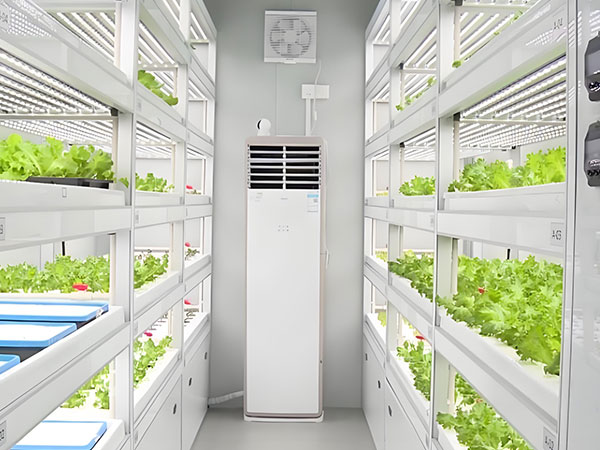
For Individuals
For individuals, vertical farming suits those who value self-sufficiency, love trying new tech, and care about eco-friendly living. If you’ve got a balcony or garage and want to grow herbs, leafy greens, or microgreens, compact systems can be super handy.
If you’re a tech enthusiast who enjoys setting up LED lights, pumps, and sensors, this “smart farming” hobby might just become your new obsession. And if you’re looking to cut your carbon footprint and eat cleaner, safer food, vertical farming can fit right into your lifestyle—green, practical, and surprisingly rewarding.
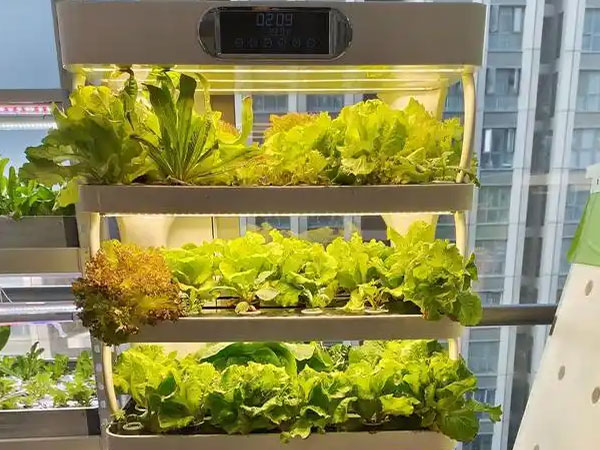
Before jumping in, ask yourself these three questions:
- Do you have a clear goal? (Are you doing this for profit, passion, or brand-building?)
- Can you afford the upfront costs and commit to long-term investment?
- Do you have—or are you willing to build—skills across growing, tech, and management?
If you can confidently answer “yes” to all three, then vertical farming might just be the new opportunity worth your time and effort.
What Vegetables Are Best for Vertical Farming?
Vertical farming works best for small, fast-growing, and high-value crops. Think lettuce, spinach, basil, mint, strawberries, cherry tomatoes, and bean sprouts. Herbs, microgreens, small fruits, and some vining vegetables are also popular choices.
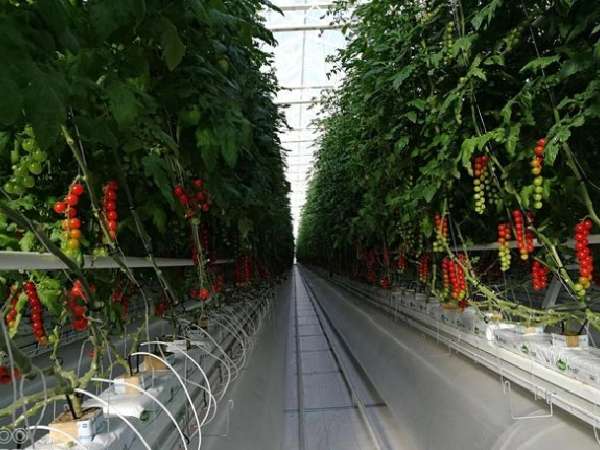
These crops don’t need much space, grow quickly, and are easy to manage, making them ideal for hydroponic systems and vertical setups. On the other hand, large root vegetables or crops that need deep soil aren’t a great fit. Overall, the best picks are lightweight, fast-growing, and high-yield varieties.
Conclusion
Vertical farming offers a fresh way to break free from traditional farming limits. It saves space and water, fits well in urban settings, and supports safer, more efficient growing. But it also demands more from you—more tech, more funding, and stronger management skills. So before you jump in, make sure you’ve weighed the balance between investment, return, and technical know-how.
Whether you’re running a commercial farm or just starting hydroponics on your balcony, understanding both the pros and cons is the first step toward success. Choose the right crops and direction, and vertical farming could become your next smart move. And if you are looking for an all-in-one greenhouse solution? INSONGREEN is here to help.
References:
- An Overview of Vertical Farming – SKUAST-K, Sher-e-Kashmir University of Agricultural Sciences and Technology
- Vertical Farming: A Sustainable Agricultural Solution to the Urban Food Crisis – Research Square
- Vertical Farming Systems: Towards a Sustainable Agricultural Innovation – CIRAD (French Agricultural Research Centre for International Development)
- Agricultural Innovation and the Challenge of Vertical Urban Farming – POLIS University, Forum A+P No. 25
- Honkou Hikki (Japanese Student Admission Essay Collection) – Nishiyamato Academy

